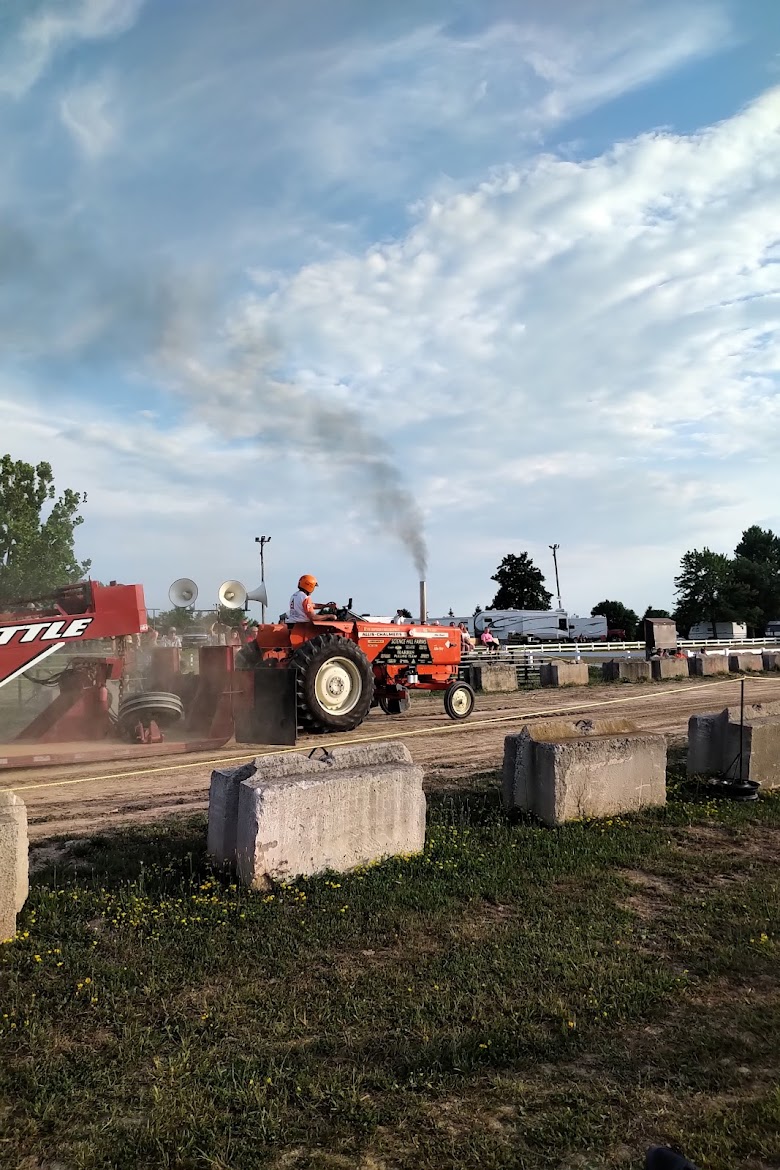AS PREVIOUSLY PUBLISHED IN THE RURAL VOICE:
According to Ontario’s Fraudulent Conveyances Act, any conveyance of real property or personal property made with the intent to defeat, delay, or defraud creditors or others of their just and lawful actions is void as against such persons. You can’t transfer ownership of your property to someone else in order to keep it out of the hands of your creditors. The Courts have established a system for identifying the types of behaviour captured by fraudulent conveyance legislation. These guidelines, referred to as the “badges of fraud”, include:
a) the donor continued in possession and continued to use the property as his own;
b) the transaction was secret;
c) the transfer was made in the face of threatened legal proceedings;
d) the transfer documents contained false statements as to consideration;
e) the consideration is grossly inadequate;
f) there is unusual haste in making the transfer;
g) some benefit is retained under the settlement by the settlor;
h) embarking on a hazardous venture; and,
i) a close relationship exists between parties to the conveyance.
Courts have interpreted the term “creditors and others” broadly to include potential beneficiaries of a guarantee (even if no demand has been made) and future creditors. In some cases, courts have held that the presence of existing creditors at the time of a transaction is not required to establish an intent to defeat creditors. In situations where there has been good and valuable consideration (i.e. an actual conveyance for real value), a transaction may still be deemed a fraudulent conveyance if it was not conducted in good faith or if it was made to an individual who knew of the debtor’s intent to defraud. Some transactions like those done for estate planning may appear legitimate, but property transfers may be considered fraudulent conveyances and set aside where there is evidence that the estate planning was undertaken because of outstanding debts.
A case considered by the Court of Appeal for Ontario involved a creditor seeking to enforce a 2009 judgment against property owned by the spouse of the debtor. The debtor had borrowed $250,000 and defaulted on the loan. The creditor obtained default judgment against the debtor (“default” because the debtor didn’t defend the proceeding) for $268,920. The debtor claimed to have no assets to pay the judgment, asserting that he dealt only in cash, kept no business records, and had a gambling problem. The debtor’s family home and a cottage were both registered in his wife’s name and the debtor claimed that he had made no contribution toward the purchase of the properties. The debtor also alleged that his wife made all mortgage payments from the income earned from her part-time jobs.
In 2018, the creditor commenced a new action against the debtor and the debtor’s wife claiming that the debtor held a beneficial interest in his wife’s properties against which the 2009 judgment could be enforced. The creditor alleged that the transfer of title to the properties into the debtor’s wife’s name and not into their names jointly (or into the debtor’s name alone) constituted a fraudulent conveyance. While the wife passed away prior to the trial, there was evidence from her admitted in the trial that she was to be the sole owner of the properties to safeguard them from any future debts arising from the debtor’s gambling habit. She had attempted to demonstrate how she was able to pay for the mortgages without contributions from her husband. The wife’s total income from 2010 to 2019 was only $15,471, yet bank records showed total debits to her account of $449,668 in the same period. The source of these funds was redacted in the records, and neither the debtor’s wife nor her legal counsel disclosed the origin of the funds. As the trial judge found no evidence that the debtor himself had provided any of the original funds to purchase the properties, the Fraudulent Conveyances Act claim seeking a declaration that the debtor had an ownership interest in the properties failed. The debtor had never owned the properties or transferred them to his wife.
However, that’s not the end of the story. The trial judge did find that the debtor’s wife had received $434,000 from unidentified sources and drew an adverse reference against her for the lack of disclosure regarding the sources of the funds. The trial judge also did not accept the claim that the debtor made no contributions to paying the mortgages or the household finances generally. The judge considered that each spouse would be apportioned an equal share of the unidentified source funds, meaning that the debtor was considered to have contributed $217,000 in value to his wife. On that basis, the trial judge ordered that the transfer of $217,000 was a fraudulent conveyance and void as against the creditor. He ordered the debtor’s wife’s estate to pay the creditor $217,000, which fell short of the full amount owed under the 2009 judgment.
The creditor appealed the decision to the Court of Appeal, arguing that the trial judge erred both in not attributing a 50% beneficial interest in the properties to the creditor and also in his analysis and computation of the amount of cash to be awarded to the creditor. The Court of Appeal accepted the trial judge’s finding that that there was no fraudulent conveyance of real property. However, the Court of Appeal found that the trial judge erred in designating only $217,000 as the amount fraudulently conveyed by the debtor to his wife (to be paid by the wife’s estate to the creditor). The Court of Appeal decided that the correct interpretation of the trial judge’s adverse inference was that the entire $434,000 was attributable to the debtor and available to the creditor for execution of its judgment.
Read the decision at: 2024 ONCA 733 (CanLII).



